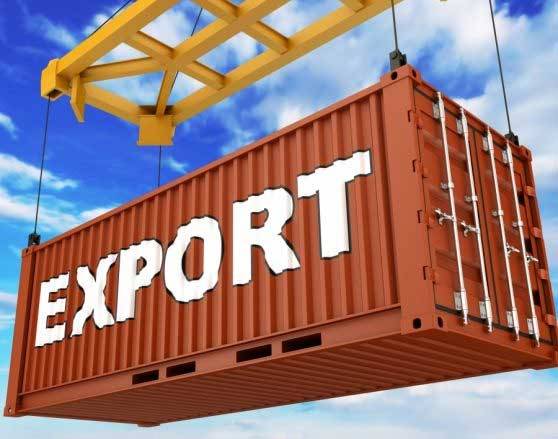ISLAMABAD - The government has admitted to missing the exports target by over three billion dollars during ongoing fiscal year despite depreciating currency and providing incentives to exports oriented sectors.
“Exports for 2018-19 are estimated to be around US$ 24,656 million against the target of US$ 27,996 million,” the government stated in Annual Plan 2019-20. The incumbent government had depreciated the currency to boost the country’s exports. Similarly, the government had also provided cash assistance to major sectors, mainly textile and clothing for increasing the overall exports. Similarly, the government had also announced to reduce the gas and electricity prices for the exports oriented sectors.
However, the country would miss the exports target by wide margin despite giving incentives to exports oriented sectors during last fiscal year. According to the latest data released by Pakistan Bureau of Statistics (PBS), total export proceeds during the 11 months fell by 0.3 percent to $19.164 billion compared to $19.09 billion during the same period last year. Therefore, eleven months data also suggested that the government is unlikely to achieve the target of $28 billion during the fiscal year that would end on June 2019.
However, the government has termed the slowdown in economic growth in the EU, along with spillovers from US-China trade tensions, led to subdued performance in exports. Textile sector remained the most vulnerable sector in these global headwinds.
According to the Annual Plan 2019-2020, there is improvement in exports receipts in certain major groups like; textile and petroleum while decline in food, other manufacture group and all other items exports offset the positive gains and overall exports declined during outgoing fiscal year.
Slowdown in economic activities at our certain export destinations has also affected demand side of exports. On supply side, the Large Scale manufacturing (LSM) has dipped by over 2.93 percent during July-Mar 2018-19 as well as cotton production showed lacklustre performance.
According to the government, the incumbent government is focusing on making the exports a driver of sustainable economic growth. It is endeavoring to improve competitiveness and efficiency of the industry especially export oriented sector and import substituting production, reducing structural anomalies and improving trade by increasing institutional efficiencies and reducing cost of doing business.
The government has taken various initiatives to bolster exports like rationalisation of energy prices for five zero-rated industries – textile, leather, sports, surgical and carpet to make exports competitive; duty on raw material used for exportable goods has been slashed; greater market access under recently concluded FTA-II with China; through Finance Supplementary (Second Amendment) Act, 2019, a mechanism to pay refunds to exporters through sales tax refund bonds has been launched to ameliorate liquidity constraints.
The impact of the said measures along with the depreciation of rupee is likely to become visible in upcoming months.
The State Bank of Pakistan has maintained low rates for export refinancing schemes and fixed investment to allow export sector industries to make investments on competitive basis.
In order to increase exports, the government has continued the five export oriented sectors -including textile, leather, sports goods, surgical goods and carpets - as part of zero rated sales tax regime. Devaluation has surely increased the cost of imported raw materials.
However, this has been largely offset by the generous export incentives provided including larger export rebates, withdrawal of import duties on inputs of raw materials and intermediate goods and, more recently, the issuance of promissory notes against refunds due along with subsidies on gas and electricity consumed. All these measures likely to pay dividend with lag effect.






